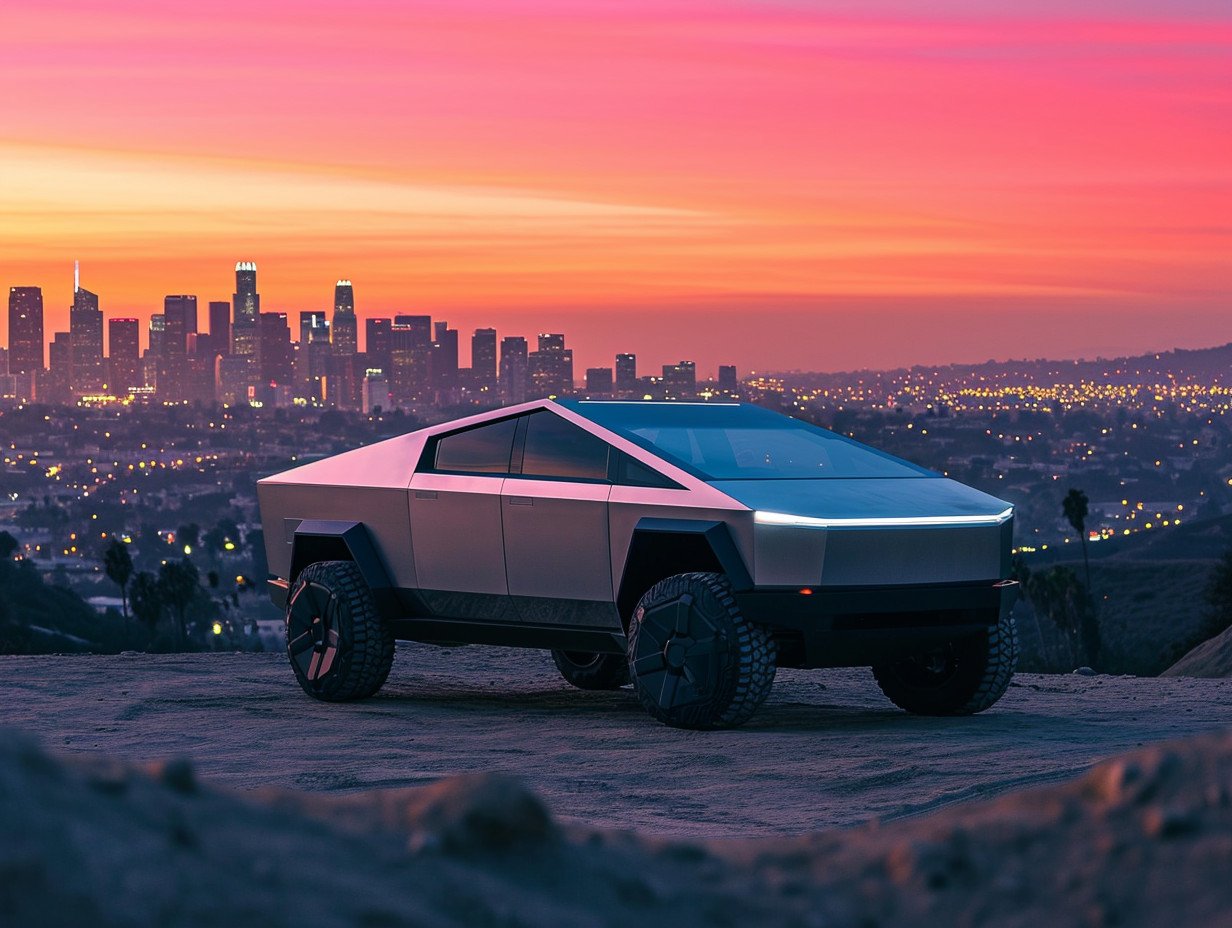
Tesla's Cybertruck Sparks Controversy and Interest
One of Tesla's latest products, the Cybertruck, has been making waves far beyond traditional automotive circles. With its angular design and stainless-steel skin, the Cybertruck has become a focal point for discussions on the future of electric vehicles and Tesla’s bold design choices.
Franz von Holzhausen, Tesla's Chief Designer, praises the Cybertruck's distinctive design, arguing that its unique appearance fuels brand visibility and ignites conversations about Tesla as a whole. His sentiments come as the Cybertruck is set to grace the Petersen Automotive Museum in Los Angeles, providing fans and skeptics alike a closer look at the models that have spurred so much discussion.
Despite its price increasing by over 50% since its initial announcement, now standing at $60,990, the Cybertruck is attracting attention from an unexpected demographic – non-truck owners. These prospective buyers, intrigued by the vehicle's design and capabilities, are visiting Tesla showrooms in noteworthy numbers, signaling that Tesla's reach may be expanding beyond its established customer base.
Critics have pointed to the Cybertruck’s departure from conventional aesthetics as a potential barrier to success. Nevertheless, von Holzhausen firmly believes that the vehicle is set to compete admirably with traditional trucks in terms of sales volume. He does not view the Cybertruck as merely an experimental endeavour but as a serious contender in the competitive truck market.
A Design Born of Necessity
The Cybertruck's design, reminiscent of a Lamborghini Countach or a submarine from a James Bond film, was not simply a stylistic choice. It was born out of necessity, as the heavy-duty stainless steel used for the exterior cannot be molded using traditional pressing techniques.
This constraint led to the all-angular design that has become synonymous with the model. The design is so robust but also so polarizing, it has led to moments both of pride and embarrassment, such as the much-publicized incident during its unveiling when the supposedly unbreakable windows shattered upon demonstration.
Despite real-world challenges, including a recent mishap caught on video of the Cybertruck being towed by a gas-powered vehicle, von Holzhausen underscores his positive personal experiences with the truck. He suggests that the incidents, while notable, are not representative of the truck's capabilities or the potential it holds for the future of electric, and more broadly, automotive transportation.
The Cybertruck's journey is reminiscent of the high-mileage Tesla Model S owned by Hansjörg von Gemmingen-Hornberg, which has so far accumulated nearly 1.2 million miles. Vehicles like Gemmingen-Hornberg's Model S and the Cybertruck showcase Tesla's commitment to pushing the boundaries of electric vehicle performance and challenging the status quo of what is expected from the automotive industry.
In essence, the Cybertruck is more than just a vehicle; it's a statement about the direction Tesla and electric vehicles are headed. And just as with the Model S, time will demonstrate whether the Cybertruck will leave its mark as an innovative triumph or a mere footnote in the ongoing evolution of transport.